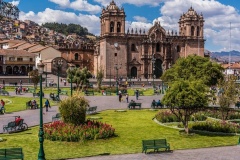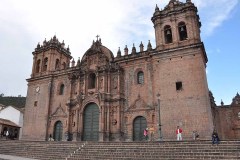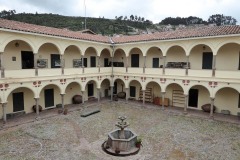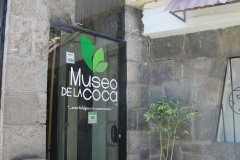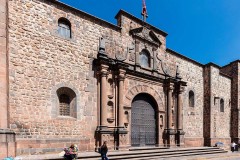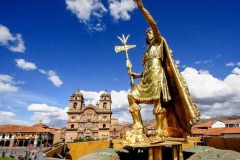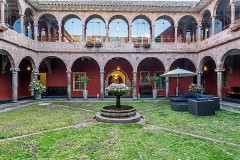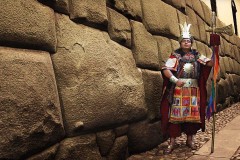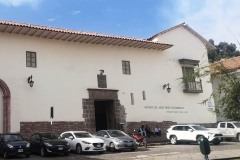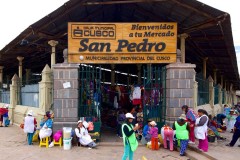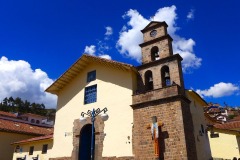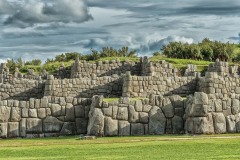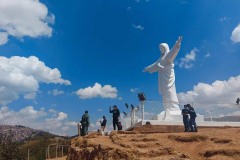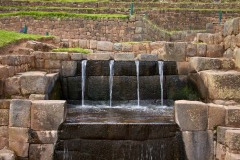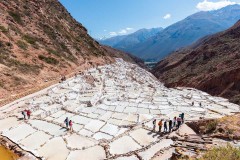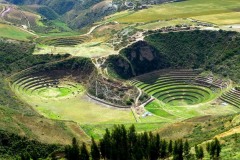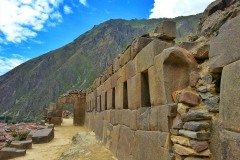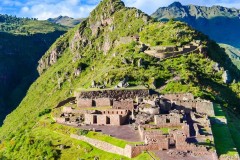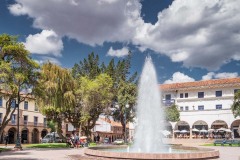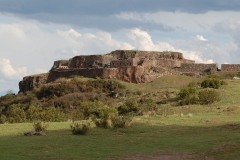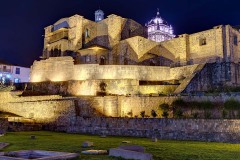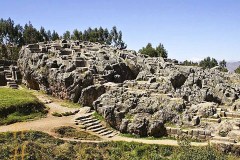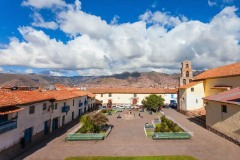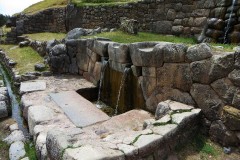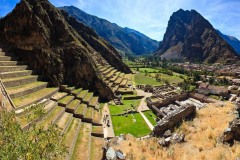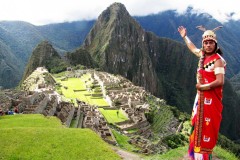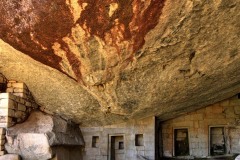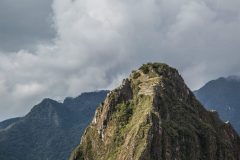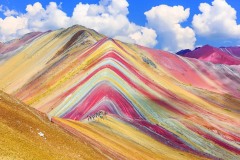Capital of the great Incan Empire
Acknowledged as the historic capital of Peru,
renowned as the navel of the Earth.

Cusco is located southeast of Peru, near the Urubamba valley along the Andes. The city is the seventh most populated place in Peru with 428,550 people according to the ensus in 2017, the elevation is about 3,400 mts (11,200 ft)
The city was the capital of the Inca Empire during the 13th century to the time of colonization 16th century (1,533). was declared a World Heritage Site by Unesco. It is the major attraction in Peru with approximately 3 million tourists a year.
The indigenous name is Qusqu, in quechua but with an Aymara language origin.
Under the Inca rule, the city was divided in 2 sectors: The urin and the hanan, and each one was divided to encompass2 of the 4 provinces: Chinchasuyo (NW), Antisuyo (NE), Kuntisuyo (SW), and Quillasuyo (SE). Francisco Pizarro arrived to Cusco in 1533, It astonished the Spaniards the beauty of its buildings, the delicacy of the stone work.
Cusco is now known for its archaeological remains and the Spanish colonial architecture
Recommended Package Tours:
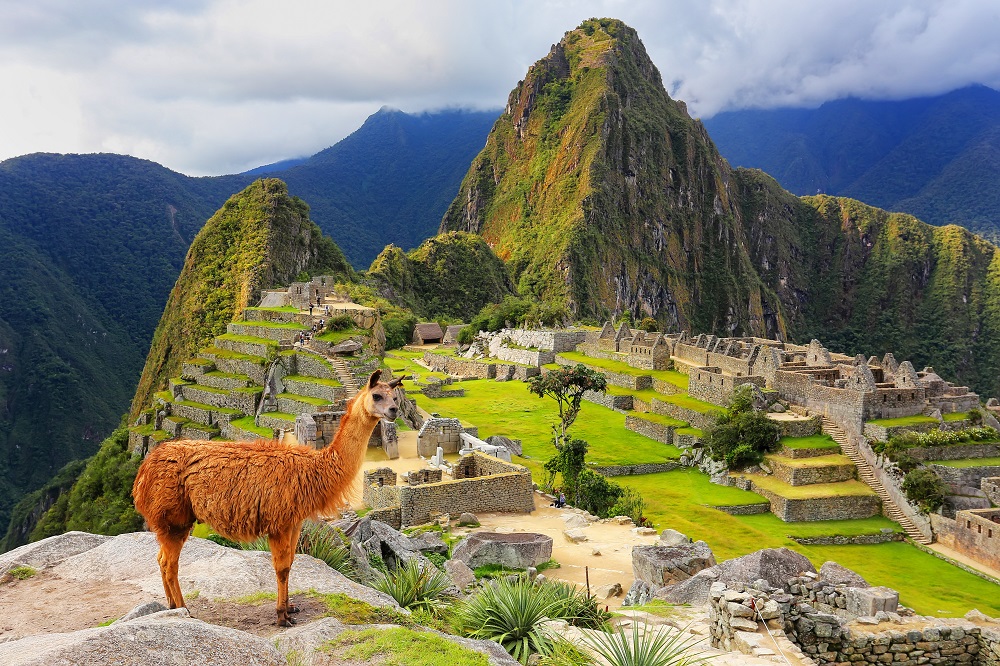
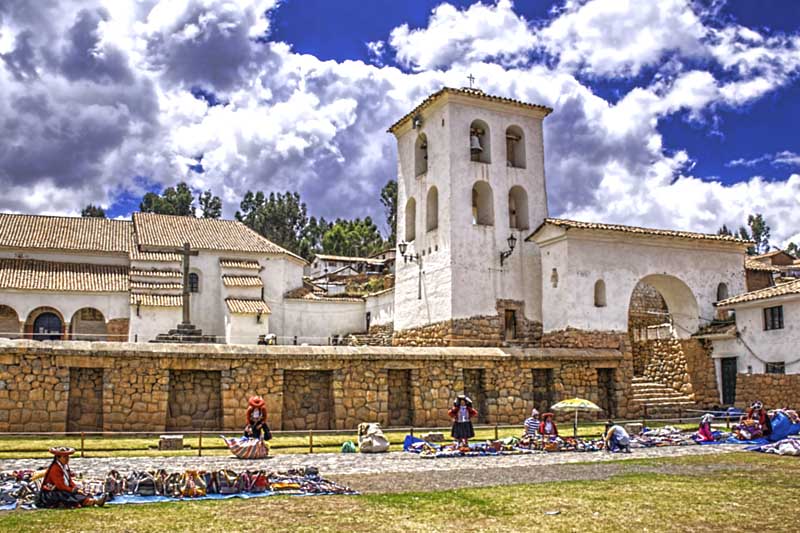
Cusco or Qosqo in native languageis a city in Peru with a rich history. It was the capital of the great Incan Empire for 200 years, but excavations indicate that it was inhabited as much as 3000 years ago.
The Inca referred to his empire as The Tawantin Suyu, in Quechua (native language)Tawantin Suyu means “four parts together”. The empire was divided into four Suyus, whose corners met at the
capital, Cuzco. They did not know other countries, did not travel beyond the seas; their land was the entire world and Cusco was the centre of this world.
This explains one of the versions of the word “Cuzco”. It can be translated as the “Centre of the World; the Navel of the Earth”.
All main temples of Incas were located in Cusco and all significant religious ceremonies were also help here.
